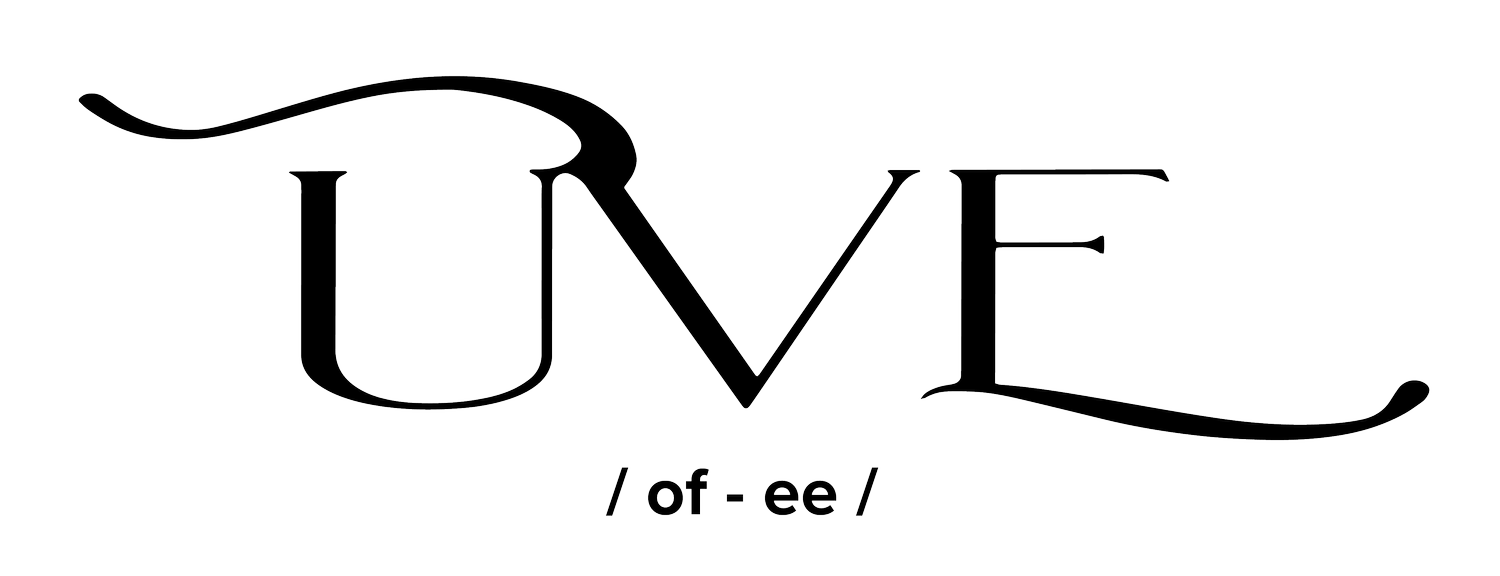Holistic Planned Grazing: Supporting a Drought-Resilient Landscape
- This article first appeared in the July 2017 issues of ACRES USA Magazine. Written by Abbey and Spencer SmithIn California, many farmers and ranchers are either drilling wells to get more water for their crops or putting in drain tile to remove water from their fields. It is not possible to make more (or less) rain fall from the sky, of course, but it is possible to manage for a healthy water cycle. A healthy water cycle does not require expensive inputs like many wells or drain tiles. A healthy water cycle is characterized by consistency instead of extremes. An unhealthy water cycle is characterized by floods or droughts, deep-cut eroded river beds, dry capped soil with little vegetation. In a healthy water cycle, the land holds water that falls for later use, and as a result vegetation is healthy and vibrant, even in low rainfall years. When a raindrop hits the soil, it sinks in instead of running off. Riverbeds are grassy and sloped, allowing water to rise and gently spill over instead of flood and erode. In Zimbabwe, at the Africa Centre for Holistic Management and Dimbangombe Ranch, we saw both a healthy water cycle and a ineffective water cycle. Allan Savory led us on a field walk through the ranch. He showed us places under Holistic Management where the water cycle was functional. Grass towered over his head. There was not flooding. The river flowed year-round. He showed us a neighboring property, publicly managed, without livestock, where the water cycle was broken. Rain fell and ran off or evaporated. The soil was dry and capped. The very same river that was gentle and gradual and flowing on Dimbangombe was deep cut and eroded on this land. A functioning water cycle is present when water can infiltrate the soil and stay in the root zone for plant use. Soil is a bank of both nutrients and water for the plants. Plants can draw from it in order to invest in additional leaves and plants. This is why Dimbangombe could grow so much grass. There was enough water in “the bank.”
We cannot make it rain, but we can make the rain count
No matter what we do, farmers and ranchers cannot make it rain, however the actions that we take can make the rain that does fall more effective. Effective rainfall is the amount of rain that actually infiltrates into the soil and is captured there by the humus or organic matter. Look at the ground, not the sky. Shift the focus from how much rain fell to how much rain actually infiltrated the root zone and is a benefit to the farmer and environment. Consider that drought may not be a function of precipitation. With this new perspective on rainfall, it becomes clear that without healthy soil, we cannot survive low rainfall years. Our global farming landscape is degrading year after year, and millions of acres of formerly productive land that supported communities of people and wildlife are now deserts. We as farmers and ranchers have ignored the water cycle and not made management decisions that improve the amount of water that can enter the soil profile.It is possible to reverse desertification. We can reclaim this once productive land and bring life back to it. Ivan Aguirre did this on his ranch, La Inmaculada, in Sonora, Mexico. Ivan is the leader of LIVES (La Inmaculada Vida Ecológica y Sustentable), a Savory Global Network hub serving the Sonora and Baja California region. It is known for its arid climate and low rainfall. [button1 size="small" width="standard" link="http://jeffersonhub.com/wp-content/uploads/2017/12/July17_Smith-Holistic-Planned-Grazing.pdf" animate="none" color="default" color_custom="off" border_radius="0"] Read and download the full article [/button1]
[button1 size="small" width="standard" link="http://jeffersonhub.com/wp-content/uploads/2017/12/July17_Smith-Holistic-Planned-Grazing.pdf" animate="none" color="default" color_custom="off" border_radius="0"] Read and download the full article [/button1]

